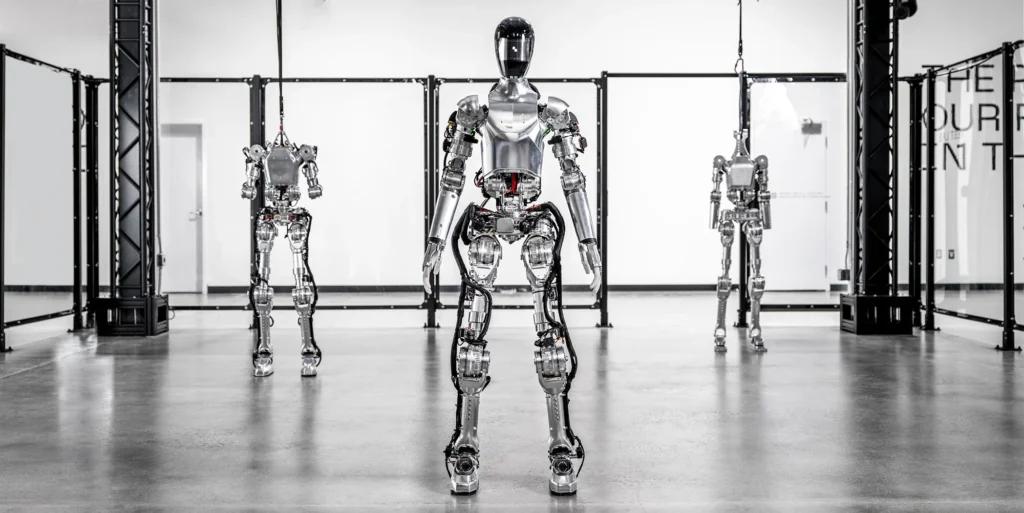Figure AI, a Silicon Valley company specializing in Humanoid robots, ended in an unexpected way to its collaboration with Openai. The reason is a “revolutionary breakthrough” in the development of its own AI models, as announced by the company on X.
CEO Brett Adcock announced that it would present a “Unique innovation” for humanoid robots In the next 30 days, without revealing specific details. The decision marks a strategic change: instead of relying on partnerships, the figure now pursues a vertically integrated solution in which the hardware and software is closely linked.
Cooperation between Figure and Openai, which was concluded last year, originally aimed to develop AI models for humanoid robots. Openai also participated in a $ 675 million in funding This gave an assessment of $ 2.6 billion. Despite the important partnership, Adcock underlined in an interview with Techcrunch that generic models of AI like those of Openai are not sufficient to effectively evolve “embodied AI”-that is to say the ie in physical robots.
Vertical integration as a key strategy
While the figure has withdrawn, Openai intensifies its involvement in the humanoid sector. In addition to its participation in the Norwegian startup 1x, which develops robots for the house, the company recently filed a patent for “programmable humanoid robots with learning functions. “This indicates its own material ambitions, even if patent applications are not product announcements. Adcock stressed that the priority field of appearance of figure will continue to be industrial environments, as shown by its continuous collaboration with BMW In a Southern Carolina factory.
The AI figure pursues an approach reminiscent of Apple’s closed ecosystem: a complete control over IA software and hardware hardware is intended to obtain optimal performance integration. “In order to achieve the AI embodied on a large scale, this unit is necessary,” said Adcock. The company has massively expanded its software and hardware teams and recently moved to larger offices in Silicon Valley.
Industry trends and competitive landscape
AI’s decision reflects a broader trend in the robotics industry. While many manufacturers like Boston Dynamics are based on partnerships – for example with the Toyota Research Institute – The development of owners’ models becomes more important. The challenges reside in the expenditure of resources: vertical integration requires capital and expertise, which accumulates with a total of $ 1.5 billion in funding.
With the technological demonstration announced in 30 days, the AI figure is positioned as an innovative pioneer. The robotics industry will monitor with interest to see if the “breakthrough” meets expectations – especially since Optaai pursues its ambitions in the humanoid robotics sector in parallel.


